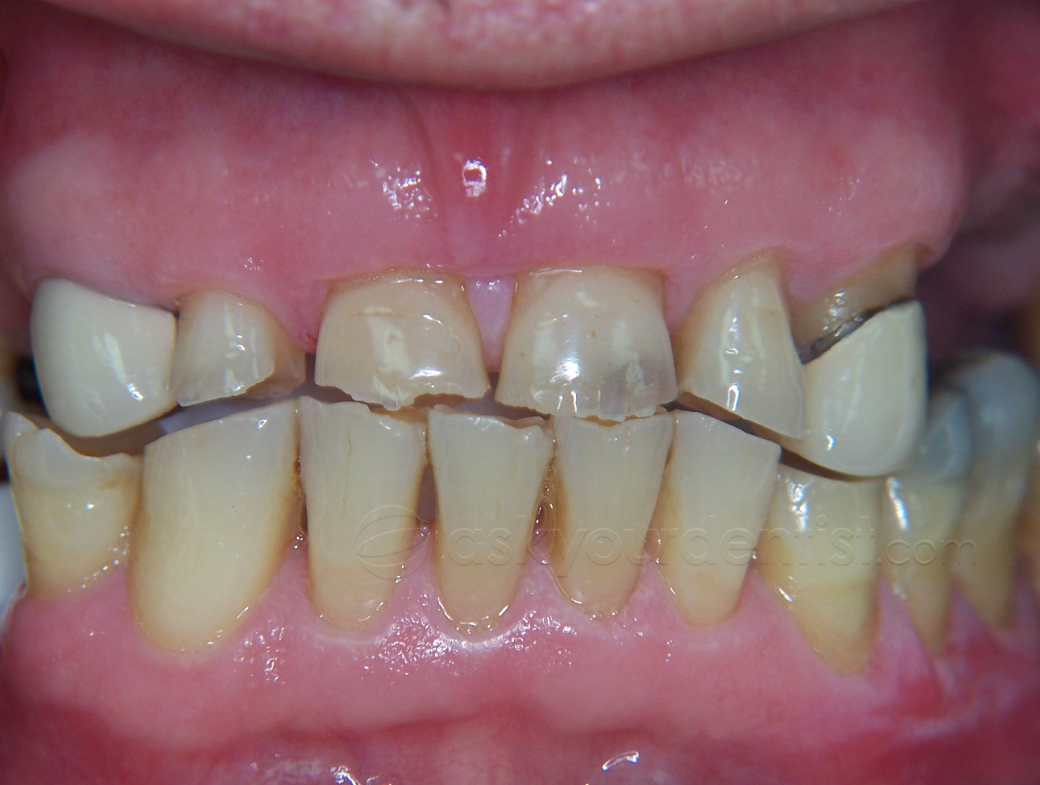Grinding or clenching the teeth is also known as bruxism.
Bruxism can occur at any age, from young children with milk teeth to adults. People are usually unaware of the condition as it occurs mostly during sleep. But there are a number of visible signs of grinding:
- Flat shiny areas on the chewing surface of the tooth.
- The impression of the teeth on the side of the tongue.
- Linea Alba: a white line on the inside of the cheek along the bite line caused by chewing the insides of the cheeks.
Until today there is no clear explanation as to why we suffer from bruxism.
Bruxism is a common condition that may vary in intensity and frequency. It becomes more intense and frequent with stress.
Many people can live with bruxism if it occurs in a mild form.
When do I have to do something about it?
You should seek professional help from a doctor or a dentist if:
- The grinding is wearing down your teeth: when the enamel is worn down, it makes the teeth more sensitive.
- Your teeth or the dental restorations in your teeth start to break.
- Losing the enamel close to the gum line.
- If the enamel starts to crack.
- You suffer from tension headache, a stiff neck and shoulders.
- You experience tender jaw muscles in the morning.
- You have tender teeth: during the grinding phase certain teeth are exposed to pressure more than others hence the tenderness.
- The grinding is so loud during the night that your partner’s sleep is disturbed.
- You damage the inside tissue of the cheeks while grinding.
Treatment
- A bite guard: Your dentist can provide you with a custom-made bite guard. It should be worn over the upper or lower teeth and mostly during sleeping hours, but may also be worn during the day.
- Relaxation: by choosing a suitable way for you to de-stress such as: aromatherapy, massage, hypnotherapy etc.
- Medication: see your doctor for muscle relaxants.
- In some extreme cases Botox injections can be administered to the chewing muscles ( the masseter muscle) to prevent the muscles from contracting. This procedure helps the chewing muscles to relax and give the patient the necessary relief from extreme grinding or clenching

